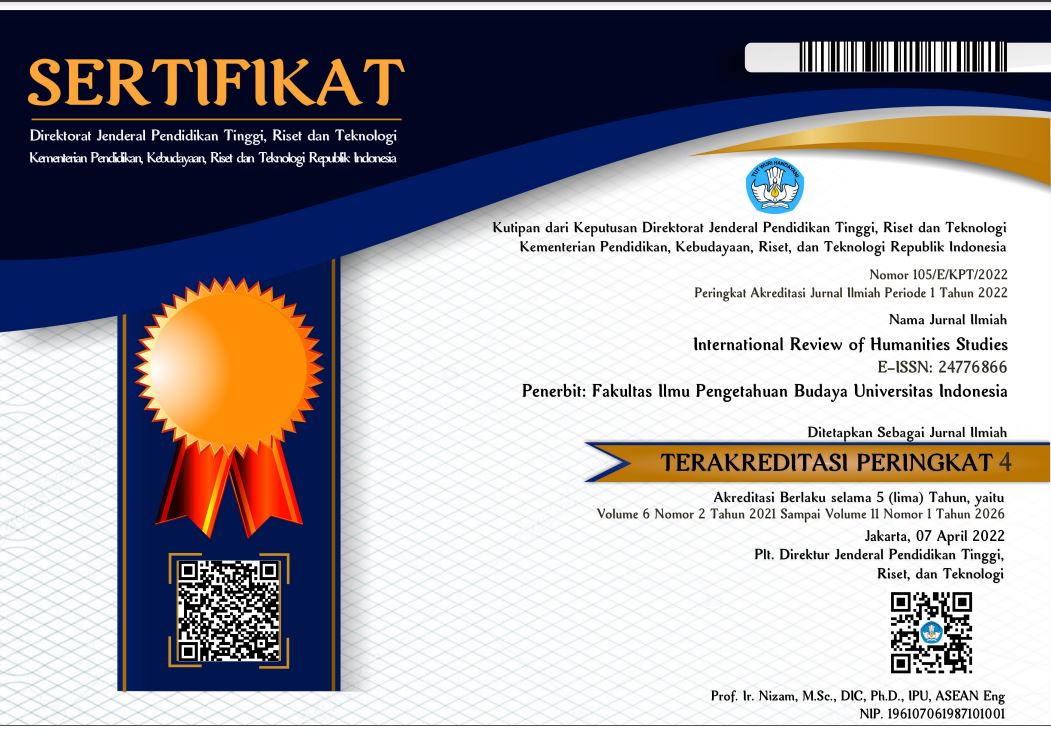International Review of Humanities Studies

Abstract
Wolio Fortress is a heritage of Buton Sultanate that functioned as its centre of government and capital city. Several researchers who conducted research on Wolio Fortress did not discuss its defense and symbolic aspects, leaving a knowledge gap in them. Therefore, the discussion of Wolio Fortress should be broadened. It is now thought that a fortress may provide information not only on its function as a defense facility, but also on the social, political, economic, and ideological life when it was being built.The research methodology consisted of three stages, i.e. data collection, data processing, and data interpretation. Data were collected by describing Wolio fortress in terms of its materials, shapes, and sizes, including relicts in the fortress. The collected data were processed by identifying and classifying them into data related to the fortress’s defense function and its symbolic function. The data interpretation was conducted by synthesizing archaeological and historical data. Results of the research show that besides its main function as a defense fortress, Wolio Fortress had a symbolic function. The defense function refers to the concept of the defense of Buton Sultanate, the key parts of the fortress, i.e. its bastions and cannons, and its strategic position from the defense point of view. The symbolic function encompasses ideological indoctrination through the fortress’s plan, its function as a city landmark, its function as the border between the nobles and the lower class’ settlements, and its sturdiness and greatness representing the military power and economic prosperity of the sultanate.
Recommended Citation
Supriadi, Supriadi; Nasution, Isman Pratama; and Wahyudi, Wanny Rahardjo
(2021)
"WOLIO FORTRESS, BUTON : BETWEEN ITS DEFENSE AND SYMBOLIC FUNCTIONS,"
International Review of Humanities Studies: Vol. 6:
No.
2, Article 16.
Available at:
https://scholarhub.ui.ac.id/irhs/vol6/iss2/16


